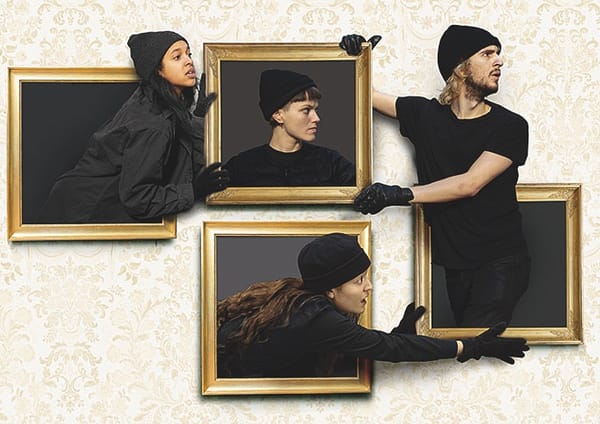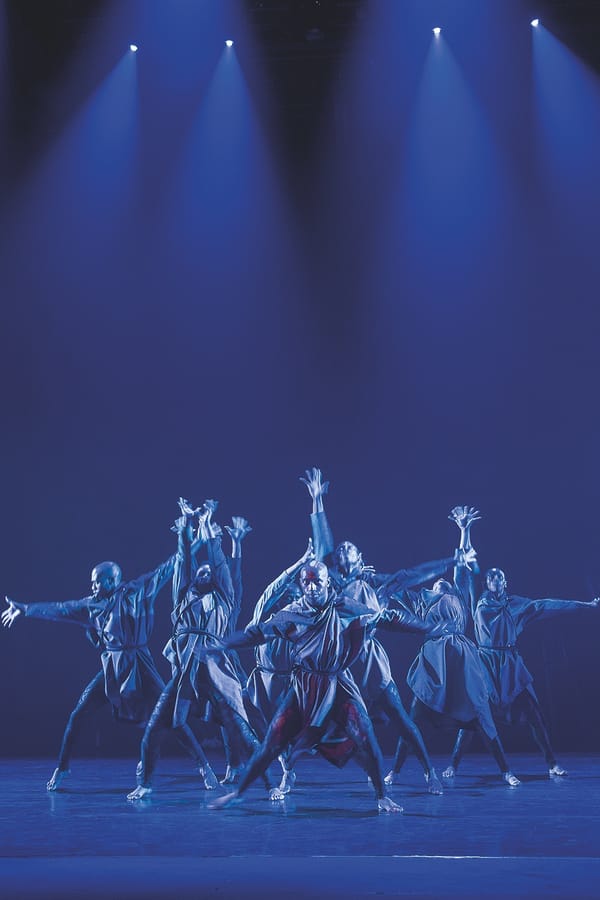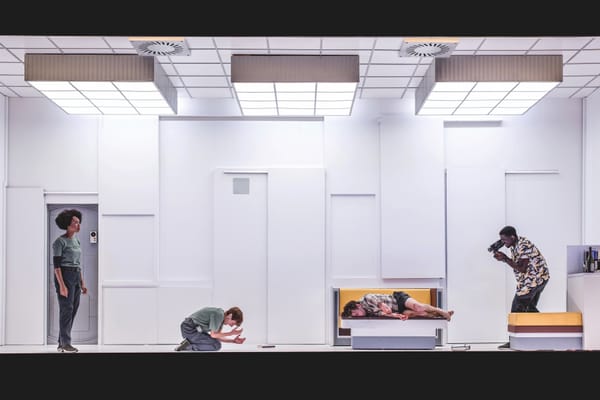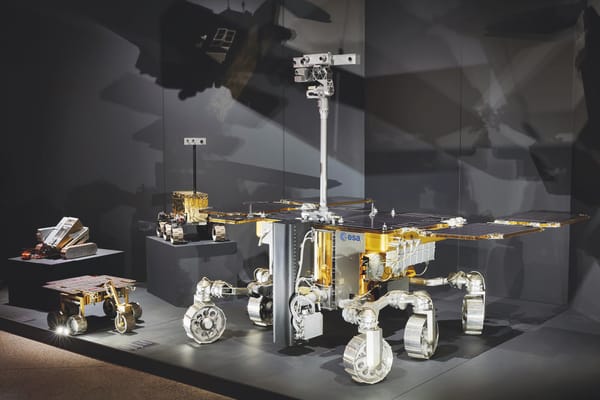Hogarth After Hours – A Rushed Masterpiece
A Great Introduction to Hogarth
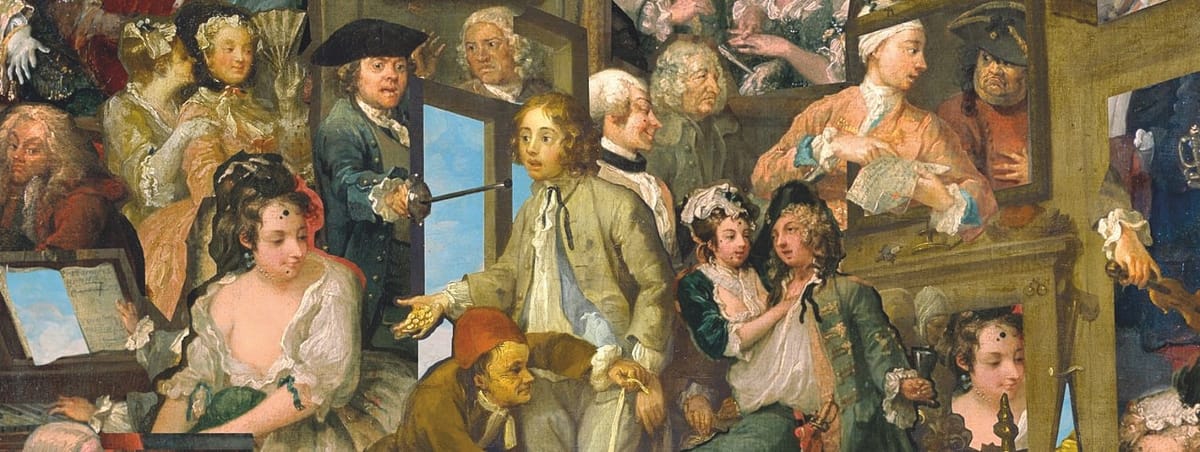
4 stars
On a cold and slightly wet October Friday night, I made my way to the Sir John Soane Museum in Holborn. Located in the late John Soane’s house, the museum is a rabbit warren of impressively decorated rooms and secret cupboards; mirrors, artwork and sculpture line every wall and surface. Look out for the compass directions on the walls, they might help you find your way out again! I would recommend visiting just to see the house, but that’s not why I was there. The museum has temporarily expanded its already significant William Hogarth collection with pieces on loan from the National Gallery and private collections to create a complete collection of Hogarth’s series.
For those not familiar with Hogarth’s work, he is said to be the father of comics. A strongly business-minded man, he used the power of the printing press (and the introduction of copyright laws on images) to sell a vast number of images from his ‘series’. These were paintings (usually two or more and reproduced as etching prints) that follow the downward spiral of a character’s life typically ending in syphilis or death. Intrigued by the immorality of humans, Hogarth’s works, whilst impressive and fascinating, are rarely cheery. His one major attempt at a positive series ‘A happy marriage’ lies unfinished, possibly out of boredom.
Visiting the works as part of the Soane’s museums late’s is a vastly different experience to exploring them on your own on a Saturday afternoon. The tour begins with the sophistication of a gin and tonic accompanied by a short introductory talk from our passionate and clearly knowledgeable guide. A prior knowledge of the artist is not required as she lead us through the stories of Hogarth as a man and the inspiration behind the creation of his series; by the time I left the room to start viewing the artworks, I felt I might be as much in love with Hogarth as she is.
Guiding you through the house, the tour stops at each of the series on display with the guide explaining the story and pointing out interesting, and frequently humorous aspects of the paintings and prints I wouldn’t have spotted otherwise. For example Hogarth’s obsession with immorality and chaos is ever present in each work in the backdrop, such as in the destruction of buildings or furniture, or even just the presence of something upturned.
The culture in which the series were painted is integral to their message, so I was grateful to receive contextual commentary from our guide and not be solely dependent on reading the placards. I particularly enjoyed learning that he felt ‘The Four stages of cruelty’ was so important he needed to make it more accessible by producing a cheaper wooden print to sell to medical students. His relation with his audience seemed sincere and involved, ‘Marriage a-la-mode’ was a response to criticism that his paintwork observations spared the rich.
Unfortunately, the flow of the tour was impeded by the logistical errors on the museum’s part. Moving around the house in a group of 15-20 it was impossible for us all to look at one artwork at the same time so often you couldn’t see what the guide was so wonderfully explaining. In addition, we were endlessly rushed from each room to make way for the following group meaning we often didn’t have time to properly appreciate the works. But despite all this Hogarth won out and I know I’ll be going back to appreciate his creativity at my own leisure.
Hogarth: Place and Progress exhibition runs till 05th Jan 2020 with free entry but pre-booking required. After Hours tickets cost £25 and take place on 8/11, 22/11, 06/12, 03/01.


